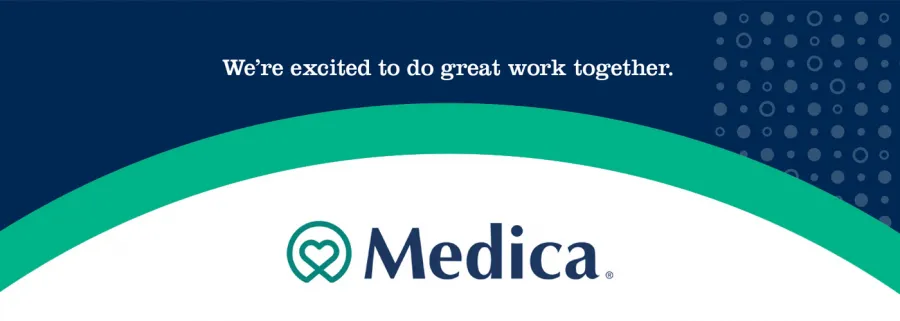As workplace reports of the Great Resignation and "quiet quitting" escalate, employers are re-examining ways to support employees’ changing physical, mental, and family support needs, as well as to help protect their health and well-being. The COVID-19 pandemic prioritized providing benefits that place an emphasis on the whole person. In this new paradigm, reaching the right workers—those who most need support in achieving their health goals—and keeping them engaged for success is more important than ever.
According to the CDC, over 83 million Americans—more than 1 in 3—are managing two or more chronic conditions that require frequent and recurring health care. Because these people require the most support, effective programs must resonate with them. Based on internal research, MOBE has discovered that 10% of the population drives 30% of all health care costs—yet these employees aren’t engaging in other wellness programs offered by their employers.


In fact, another recent study suggests that corporate wellness offerings may resonate more with already-healthy employees while alienating those already experiencing a decline in physical and mental health.
This highlights a critical issue: a disconnect between the doctor’s office and patients’ lifestyles. But until recently, a critical data point has been missing from the equation: many of the people who need the most support aren’t receiving it.
Individuals who are accessing the health care system at the highest rates without getting better are most likely to benefit from additional support to improve their health and well-being. By leveraging machine learning and state-of-the-art data analysis, programs that support employee health and well-being through a holistic approach can be a powerful tool for employers. A whole-person approach to care should engage this population’s mental and physical health as well as provide comprehensive medication management. Additionally, your program should monitor the data of healthy users with alerts to elevated health risks, preventing that subgroup from declining into chronic health issues—all while appreciating and addressing each individual’s distinct needs. Finally, your program should provide personal, one-to-one support, precisely when users need it, in an accessible and easy-to-use format.
MOBE's advances in predictive analytics and machine learning offer us the opportunity to identify people who may need support reaching their health goals sooner. Over multiple years and millions of data points, we’ve detected the key indicators to measure health outcomes, driving down health care expenses through a measurably healthier population.
When evaluating your wellness offerings, make sure your program leverages data science to find and engage employees that need the most support with a whole-person approach to care.





